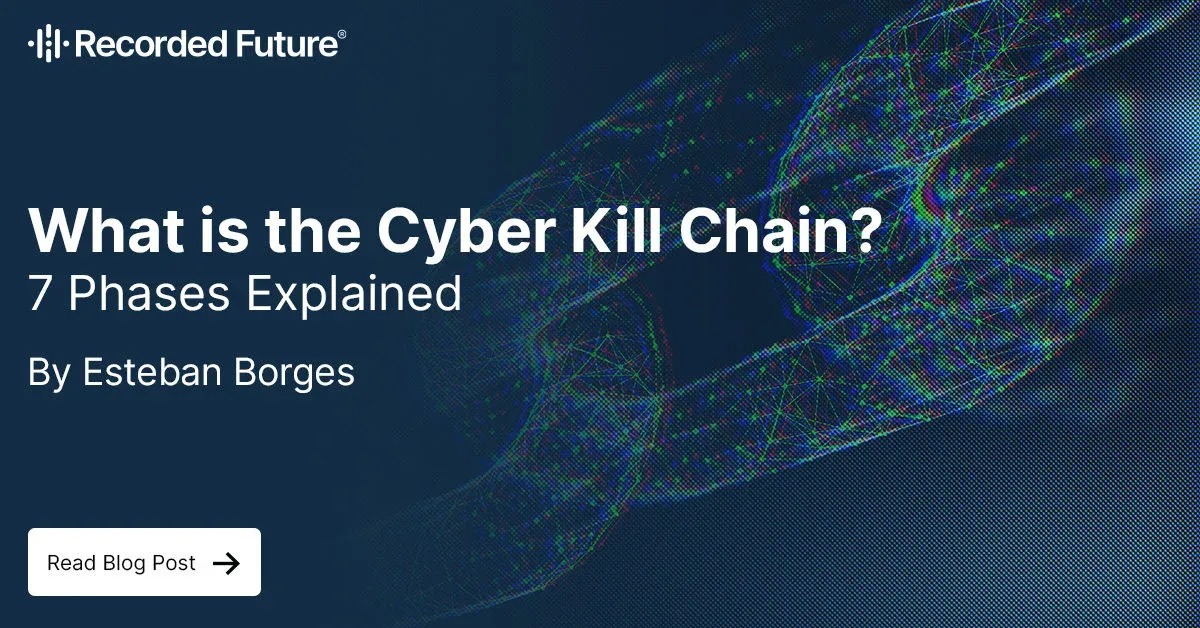Cybersecurity is crucial for every industry, not least of all healthcare, where the protection of sensitive data is paramount. Have you ever heard of the Cyber Kill Chain? Today, we’ll delve into that and understand why it’s a critical model for safeguarding against cyber threats.
Developed by Lockheed Martin, the Cyber Kill Chain outlines the steps an attacker takes during a cyberattack. By doing this, it helps those in the field of security to understand and disrupt potential threats before they cause significant damage.
Cybersecurity, much like the tech world, is continually evolving. So, too, has the Cyber Kill Chain. Today, it includes additional steps such as monetization, reflecting a changing landscape shaped by technological advancements. The framework’s practical effectiveness in real-world scenarios is one of its best selling points. Understanding and disrupting cyberattacks at various stages becomes manageable with the Cyber Kill Chain model, enhancing proactive cybersecurity strategies.
The birth of the cyber kill chain model traced back to traditional military models. It was initially applied to information security by the computer scientists at Lockheed Martin. Its introduction revolutionized our perception and response towards cybersecurity threats.
Now, let’s get into how it works. A cyberattack is broken down into seven core stages, forming the Cyber Kill Chain framework. Each phase presents an opportunity for detection and negation of the threats as they progress through the attack lifecycle. You could see each phase as a puzzle piece – with each piece, the attacker’s intentions are revealed, and the security teams can intervene at any stage.
Just like anything else in the tech realm, the model continues to evolve, adapting to new threats like insider attacks, advanced ransomware, and new attack techniques influenced by advancements in cloud computing and IoT.
A cyber attacker essentially follows a structured process when trying to infiltrate internal data or assets. The seven stages they follow are reconnaissance, weaponization, delivery, exploitation, installation, command and control, and actions on objectives. Some experts propose an eighth stage, monetization, acknowledging the financial drive behind many cyberattacks. Understanding these stages is like gaining access to an attacker’s playbook.
It’s not only vital to understand the attacker’s playbook; defenses should also be fortified accordingly. Implementing unique, strong passwords, enabling multi-factor authentication, and implementing Unified Threat Management systems are some ways to bolster defenses.
In the game of cybersecurity, a robust offense often equates to the best defense. Implementing measures such as detection, denial, disruption, degradation, and deception interrupts the process of the Cyber Kill Chain. Other techniques include network segmentation, which reduces the risk of widespread exposure during an attack, regular updates to antivirus software, and using honeypots to attract and mislead attackers.
While the Cyber Kill Chain is an extremely useful tool, it’s by no means the only tool in our defense arsenal. The model, traditionally focused on malware detection, perimeter security, and prevention, has evolved and adapted to diverse threats like social engineering, insider threats, and advanced ransomware.
Other approaches to cybersecurity include the unified kill chain model, which combines methodologies from the Cyber Kill Chain and MITRE ATT&CK Framework and offers a detailed, integrated method with up to 18 distinct steps. Increasingly, artificial intelligence and machine learning are being harnessed for real-time threat detection and response.
Finally, in a frequently studied example, Glorin Sebastian from Georgia Tech applied the Cyber Kill Chain model to high-profile data breaches like Equifax, Yahoo, and Sands Casino Attack, among others, revealing valuable insights into each attack’s stages. Indeed, the Cyber Kill Chain framework provides a crucial tool in the cybersecurity toolbox, providing a structured approach to understanding and mitigating cyber threats. However, constant evolution and adaptation, integration with other models like MITRE ATT&CK, and leveraging AI and machine learning are all vital to stay a step ahead in the dynamic world of cybersecurity.
by Morgan Phisher | HEAL Security




